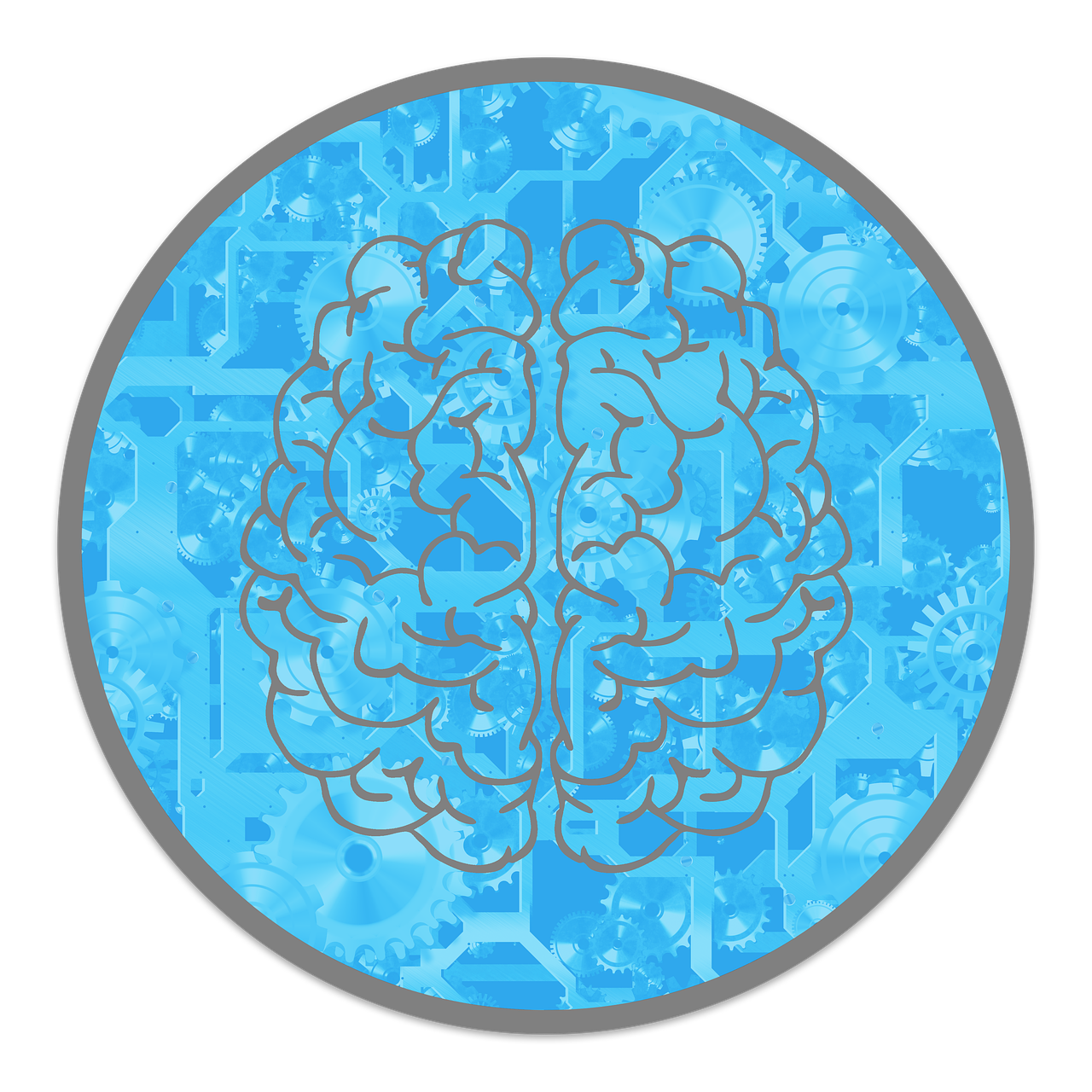
Our emotions are powerful forces that shape how we think, act, and interact with the world around us.
Love, fear, and stress are some of the most profound emotions we experience, and they all trigger fascinating changes in our brain.
Understanding these processes can help us navigate our emotional lives with greater awareness and compassion.
In this article, we’ll explore what happens in the brain during love, fear, and stress, examining the chemical changes, activated brain regions, and their effects on behavior.
The Brain During Love

Love is often described as a magical feeling, but behind the magic lies a complex interplay of chemicals and brain activity.
Chemical Changes
When we fall in love, our brain releases a mix of chemicals that play a big role in how we feel.
Here’s a closer look at these key chemicals:
Dopamine
Often called the “feel-good” neurotransmitter, dopamine gives us that sense of pleasure and reward. It’s what makes us feel happy and excited when we’re in love.
Research has shown that romantic love activates the same brain areas that are triggered by addictive substances (Journal of Neurophysiology, 2010).
Oxytocin
Often referred to as the “bonding hormone,” oxytocin helps strengthen trust and emotional connections between partners.
It’s released in high amounts during moments of physical affection or intimacy, helping to deepen the bond.
Serotonin
During the early stages of love, serotonin levels can drop.
This might explain why we sometimes find ourselves obsessively thinking about our partner or feeling infatuated with them.
Endorphins
These natural mood boosters help us feel happy and relaxed.
They are important for the comfort and joy we experience, especially in long-term relationships, contributing to our overall sense of well-being.
Brain regions activated
When we fall in love, several areas of the brain are activated, each contributing to the emotions and behaviors we experience. Here’s how it works:
Ventral Tegmental Area (VTA)
This part of the brain is rich in dopamine, the “feel-good” chemical.
It’s responsible for the intense, euphoric feelings we get when we’re in love, making us feel excited and joyful.
Caudate nucleus
This region helps us detect rewards and is connected to our motivation.
It plays a key role in our desire to pursue and connect with our partner, driving us to seek out more moments together.
Prefrontal cortex
This area helps with decision-making and planning.
However, when we experience intense romantic love, it can become less active, which may explain why we sometimes take risks or act impulsively for the sake of love.
Behavioral Effects
The changes in brain chemistry that happen when we fall in love can affect how we behave in some interesting ways:
Increased focus on a partner
When we’re in love, we often think about our partner constantly and may focus more on them than anything else, as our brain is wired to prioritize their presence and well-being.
Heightened energy and motivation
Love can make us feel more energized and motivated, whether it’s to do something special for our partner or to keep the relationship strong.
Reduced fear and a greater willingness to take risks
Love can make us feel braver, leading us to take risks or do things we normally wouldn’t, all in the name of love.
This is part of the brain’s way of encouraging us to connect and bond more deeply.
The Brain During Fear

Fear is a survival mechanism that prepares the body and mind to respond to danger.
While it’s an essential emotion, chronic fear can be harmful.
Chemical changes
When we experience fear, our brain releases a mix of chemicals that prepare our body to respond quickly.
Here’s how each of them works:
Adrenaline
This hormone triggers the “fight-or-flight” response, which makes our heart race and heightens our senses.
It gets us ready to either confront a threat or run away from it.
Cortisol
Known as the stress hormone, cortisol helps our body deal with the immediate stress of fear.
It prepares us for action.
However, if we’re exposed to high levels of cortisol over time, it can be harmful to our health.
Glutamate
This chemical boost communication between neurons in the brain, helping us react quickly to danger.
Brain regions activated
When we feel fear, several parts of the brain work together to prepare our body to respond quickly:
Amygdala
Often called the brain’s “fear center,” the amygdala is responsible for detecting potential threats.
It’s the first part of the brain to react, triggering the fight-or-flight response to keep us safe.
Hypothalamus
This part of the brain helps activate the autonomic nervous system, which controls automatic body functions like heart rate and breathing.
It gets the body ready for action, whether to fight or run away from danger.
Prefrontal cortex
The prefrontal cortex helps us think things through and decide whether the fear is justified.
However, during intense fear, this area of the brain may be temporarily overridden, meaning we may act without fully thinking it through.
Behavioral effects
When fear triggers brain activity, it influences our behavior in several ways:
Hyper-awareness of surroundings
Fear makes us more alert to what’s happening around us.
We become extra aware of any potential threats, staying focused on our environment.
Avoidance of perceived threats
When we feel fear, we instinctively try to avoid anything we think might be dangerous.
This could mean physically backing away from a situation or mentally withdrawing.
Physical symptoms
Fear often causes noticeable physical reactions, like sweating, trembling, or rapid breathing.
These are the body’s way of preparing for action—whether it’s fighting or fleeing.
The Brain During Stress

Stress is the body’s response to pressure or challenges.
While short-term stress can be beneficial, chronic stress has detrimental effects on the brain and body.
Chemical changes
When we experience stress, our body releases certain chemicals to help us handle the situation:
Cortisol
This hormone is important for managing short-term stress, but too much of it can be harmful.
Prolonged high levels of cortisol can damage neurons in the hippocampus, a part of the brain crucial for memory.
Adrenaline
Adrenaline boosts our physical readiness and helps us focus, preparing the body to act quickly in response to stress.
Norepinephrine
This chemical increases alertness, sharpening our attention to potential threats and making us more aware of what’s happening around us.
Brain Regions Activated
Several parts of the brain are involved in the stress response:
Amygdala
This area detects stressors and sends signals to the hypothalamus to start the stress response.
Hypothalamus-Pituitary-Adrenal (HPA) Axis
This system controls the release of stress hormones, helping the body respond to stress.
Hippocampus
The hippocampus helps regulate the HPA axis and shuts down the stress response once the danger has passed.
However, if we experience chronic stress, the hippocampus may not function as well.
Prefrontal cortex
This area controls our executive functions like decision-making and problem-solving.
During prolonged stress, the prefrontal cortex may become less active, making it harder to think clearly.
Behavioral effects
Stress impacts how we behave in several ways:
Difficulty concentrating or making decisions
Stress can make it hard to focus on tasks or make clear decisions because our mind is overwhelmed.
Increased irritability or anxiety
Stress can make us more short-tempered or anxious, as our emotional balance is affected.
Physical symptoms
Stress can lead to headaches, fatigue, and sleep problems, as our body is constantly on alert.
Final Thoughts
Emotions like love, fear, and stress are integral to our human experience.
They each have distinct effects on the brain, driven by a combination of chemical changes and brain activity.
While love can bring joy and connection, chronic fear and stress can have harmful effects on mental and physical health.
By understanding these processes, we can better manage our emotions and seek help when needed.


